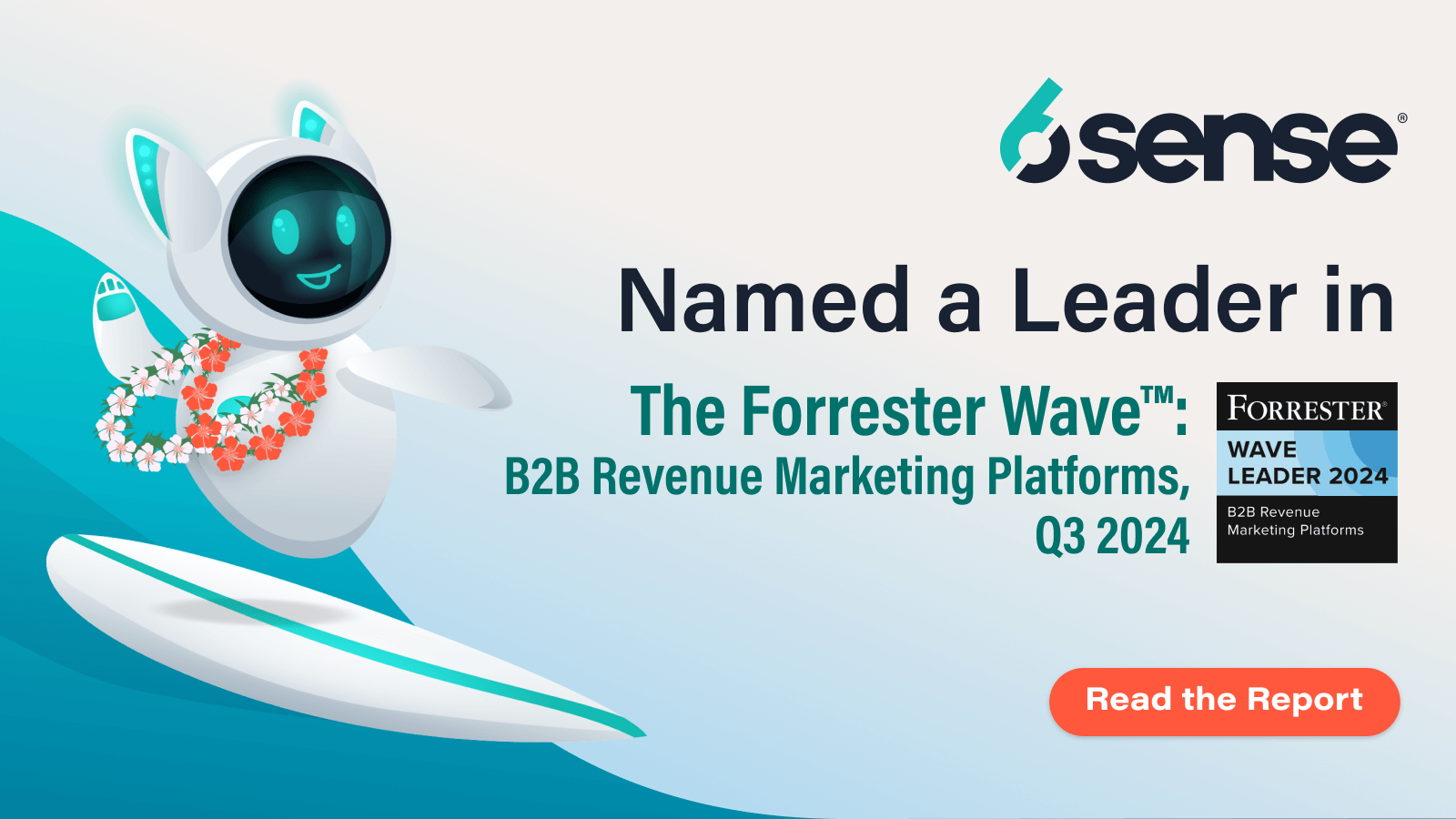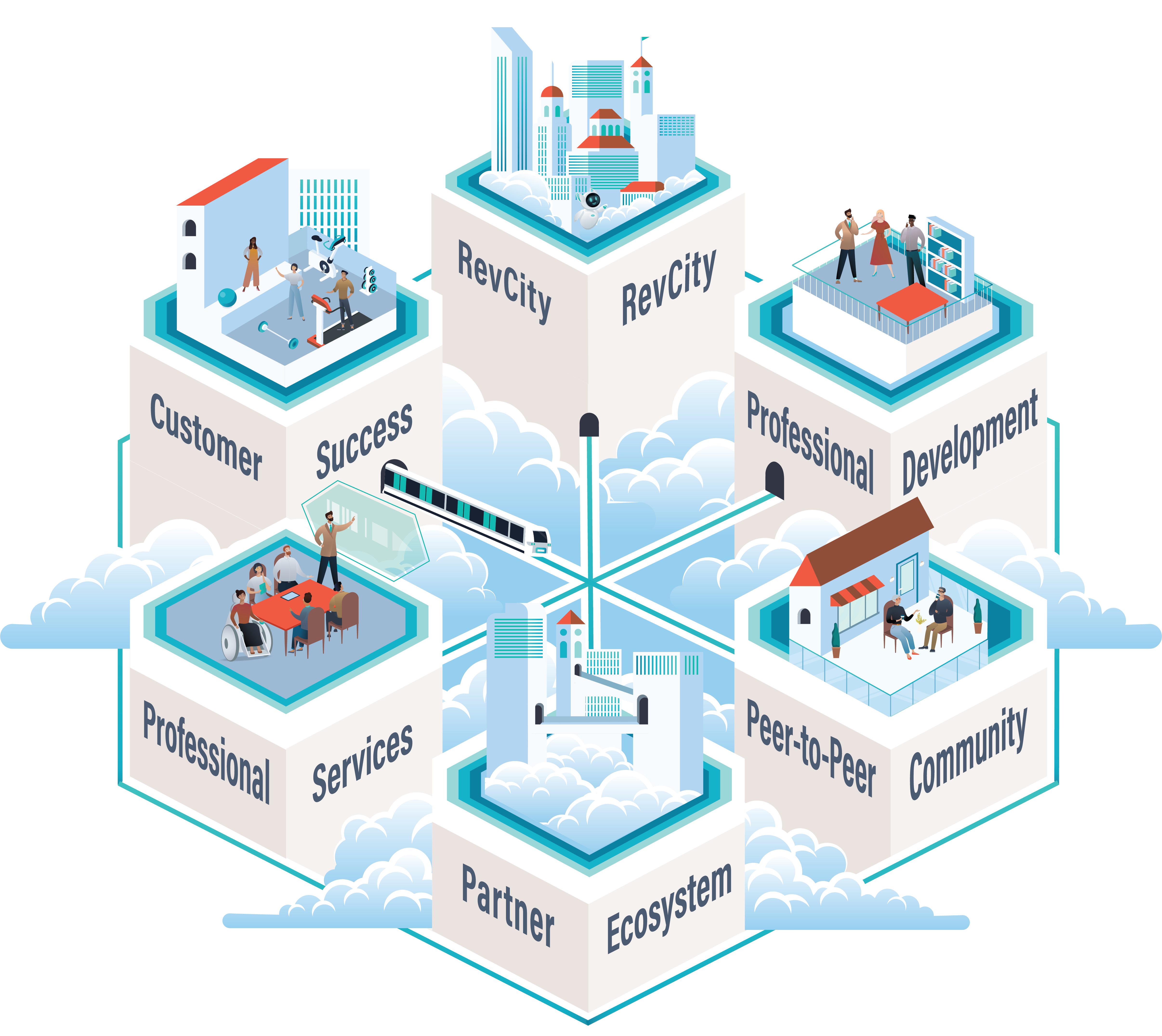As a sales leader, you know that having a strong sales strategy is essential for success in the B2B world. Without a strategy in place, it’s unlikely that you’ll be able to close deals and grow your revenue.
We’re here to share five successful B2B sales strategies to consider as your team builds or strengthens their own.
1. Account-Based Selling (ABS)
ABS involves treating each account as a market of one and prioritizing targeting companies rather than individual leads.
To set up an account-based selling framework, you need to make sure your sales and marketing teams are
- Working towards the same goals
- Sharing reporting between the teams
- Identifying and using the right tools and technologies, and
- Encouraging feedback between the teams
Start by developing an ideal customer profile (ICP) based on the input from team members across all departments. Take a close look at firmographic data, technographic data, internal CRM data, and behavioral characteristics of your most valuable customers. You should also develop your buyer personas by reviewing past accounts that closely reflect your current ICP.
Finally, you should create a personalized outreach strategy for each stakeholder you want to contact.
2. Social Selling
Social selling involves setting up the base for your business in the appropriate target market and focusing on developing relationships with prospect companies on your list.
Social selling leverages social media networks such as LinkedIn, Twitter, Facebook, Instagram, and TikTok to share curated content that engages with potential customers or nurtures existing ones.
With more than half the world’s population using social media, it’s clear that incorporating social selling as part of your sales strategy is a smart move.
3. Automated Nurtures
Use automated nurtures to stay connected with your leads and prospects even when you’re not physically engaging with them.
By providing leads with the information they need to learn more about your product or service, automated nurtures keep leads warm while moving them forward in the process.
Automated nurtures should be tailored to each lead and their stage in the sales process. It’s important to ensure that the content you’re sending is relevant to their needs and interests.
Conversational Email is a great way to incorporate the power of generative AI into your nurture campaigns. AI can use the information you have about prospects, and use it to create tailored conversations that engage prospects and encourage them to book meetings.
4. Upselling and Cross-Selling
Upselling and cross-selling involve selling additional products or services to existing customers. It’s important to make sure that the products or services you’re offering are relevant to the customer’s current needs and will help them reach their goals. You can also use upselling and cross-selling to increase customer loyalty and lifetime value.
5. Sales Training
Diligent sales training ensures your sales reps are well-equipped with the knowledge and skills they need to be successful. It’s important to provide comprehensive training on your products, services, and processes, as well as onboarding to make sure that new reps can hit the ground running.
Conclusion
By implementing these five B2B sales strategies, you’ll be well on your way to success. Account-based selling, social selling, automated nurtures, upselling and cross-selling, and diligent sales training and onboarding are all effective strategies that can help you close deals and grow your revenue.



